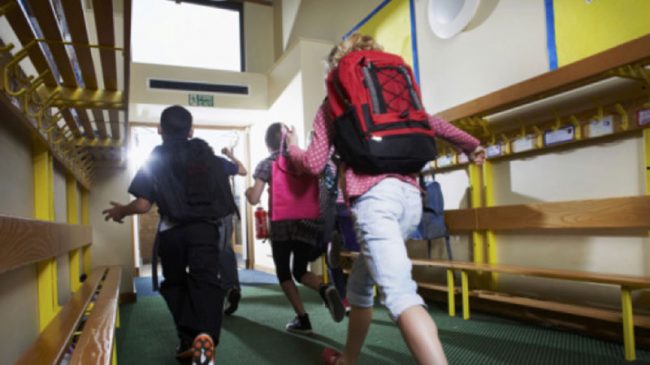In August, Indianapolis Public Schools (IPS) announced the district’s new three-year strategic plan that includes a movement toward student-based budgeting to improve the academic offerings that are accessible to all students. The new plan also covers a series of initiatives from changing grade configurations in schools to surveying students and families about the services they receive.
Student-based budgeting (SBB) allocates money to schools based on the individual needs of their student population. This form of budgeting gives schools more freedom with their budgets and resources to provide the best support for student achievement. For example, the switch at IPS could provide more equity to schools with higher poverty by giving them more money and a better chance to hire more experienced teachers.
The School Board unanimously approved the strategic plan along with a two-year teachers’ contract after years of uncertainty surrounding teacher pay. Education Resource Strategies reports that IPS’ new teacher contract “aligns with best practices” seen in 10 recognized districts implementing redesign efforts across the country. Some of the districts include Denver, Baltimore City, and Pittsburgh. The contract sets IPS up to differentiate compensation based on responsibilities, set starting salaries to meet market demand, utilize compensation incentives to attract teachers, and accelerate the timeline to earn the maximum salary where possible. It also turns away from years of experience and advanced-degree attainment and promotes extra pay for effectiveness and career pathways instead of small bonuses. Superintendent Lewis Ferebee worked over the past two years to prepare IPS and find $12 million in funding to invest in these changes to the teachers’ contract.
IPS’ Strategic Plan 2015 highlights three goal areas: Teaching & Learning, Efficient Operations, and Family & Community. The plan includes 22 prioritized objectives among 70 specific efforts to implement the changes. The first item listed is the development and implementation of an “autonomous schools framework” that will give schools more flexibility by 2016. More autonomy over budget lets school leaders determine the best use of resources at each site, which allows them to vary approaches to instruction, personnel, and operations. According to Chalkbeat Indiana, some of the other major proposals include:
- Fixing school buildings: The district would craft a plan to modernize school buildings that could start in the 2017-18 school year. This could include a referendum asking voters to approve a new bond issue.
- Shifting middle school students out of high schools. IPS will create and implement a comprehensive strategic grade plan to improve student achievement by 2017. Superintendent Ferebee prefers K-8 elementary schools rather than stand-alone middle schools or grouping middle schools with high schools.
- Magnet school changes. A new plan to redesign the district’s magnet schools system by 2016, which could include expanding successful programs, eliminating others or adding new magnet options.
- A happier workplace. IPS will set a goal of being ranked as one of the city’s “best places to work” by 2018.
- Cutting spending everywhere possible. Saving money through a series of moves would be a priority, such as cutting energy consumption, reducing the amount of supplies kept in a warehouse and automating tasks when possible.
- Stronger ties with charter schools. Rather than building new schools within IPS boundaries, Superintendent Ferebee is looking to maximize empty space by establishing more partnerships with charter schools and outside groups to overhaul the district’s lowest scoring schools.
- Less movement for students. IPS wants to reduce how often children change schools as much as possible.
- A focus on the individual. More students should have “individualized education plans,” such as those used for students in special education, and teachers should have “professional learning plans” by 2016-17.
- English-language learner support. IPS will establish a “newcomer center” to support families that are still learning English as a new language.
The strategic plan creates a new image and redefines success in efforts to increase efficiency throughout the district. IPS’ detailed proposals reveal how invested leaders are to improve schools and enrich students’ experience. Also, granting more flexibility at the school-level through SBB better accommodates students through resource decisions being made by leaders closest to the children. Efficient decision-making leads to higher achievement and increased equity across the district, which are positive factors that can help lead IPS to creating one of Indianapolis’ “best place to work” by 2018.
